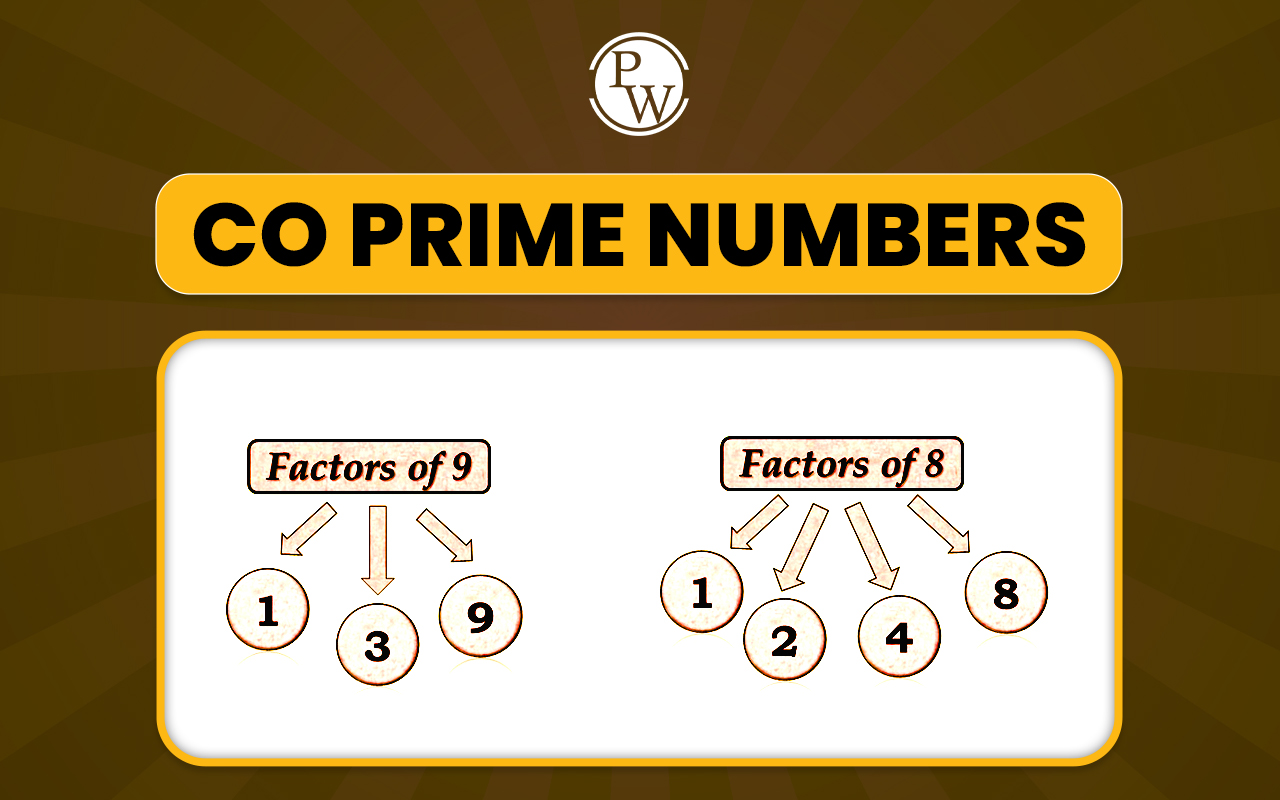
Sound plays an important role in our lives. It allows us to speak, listen, enjoy music, and stay aware of our surroundings. From the chirping of birds to the ring of a school bell, sound is all around us. It helps us communicate and makes the world more active and interesting.
In science, sound is studied to understand how it behaves, how it moves through different materials, and how we hear it. By learning about sound, we also begin to see how it connects to both nature and technology in daily life. Read this blog to explore some amazing facts about sound.
Read More: What is Resources
What is Sound?
To understand sound, imagine someone clapping their hands. When they clap, their hands hit each other and cause the air around them to move. This movement travels in waves to your ear, and your brain understands it as sound.
So, what is the sound? It is a form of energy created by vibrations. These vibrations pass through materials like air, water, or solids as waves. These are called longitudinal waves, where particles of the medium move back and forth in the same direction the wave travels.
In science, sound describes how energy moves through a medium using vibration. This is why sound cannot travel through space, because space has no air or matter for the waves to move through.
How is Sound Produced?
Sound is produced when something vibrates. These vibrations disturb the surrounding particles, which then bump into other particles. This chain reaction keeps moving outward, creating a sound wave.
Here is an easy way to see this. Stretch a rubber band between your fingers and pluck it. You will hear a twang. What you are actually hearing is the vibration of the rubber band disturbing the air and creating a wave that travels to your ear.
In musical instruments, sound is made in different ways. A guitar uses vibrating strings. A flute produces sound by moving air. A drum makes sound when its stretched skin is hit. But in all these examples, vibration is the common source.
Read More: Different Types of Materials
What is the Speed of Sound?
The speed of sound is the distance that a sound wave travels in one second. It shows how quickly the wave moves through a material like air, water, or metal. This speed changes depending on the medium and its conditions.
In dry air at zero degrees Celsius, the speed of sound is about 331 meters per second. At room temperature, it is usually around 343 meters per second. In water, it is much faster, about 1,439 meters per second. In solids like steel or glass, the speed can be over 5,000 meters per second.
This happens because particles in solids are packed closely together, so vibrations pass quickly from one particle to another. In gases, the particles are far apart, so it takes more time for vibrations to move.
How is Speed of the Sound Calculated?
The formula for calculating the speed of sound is:
v = λ × f
Here,
v is the speed of sound,
λ (lambda) is the wavelength,
f is the frequency of the wave.
This means if you know how often a wave vibrates (its frequency) and how long each wave is (its wavelength), you can find the speed.
Read More: Reflection of Light
Types of Sound
All sounds are not the same. Based on their source and quality, we can classify them into several categories. The most basic types of sound are:
Audible and Inaudible Sound
Humans can hear sounds between 20 Hz and 20,000 Hz. Sounds within this range are called audible. Anything lower (infrasonic) or higher (ultrasonic) is inaudible to us but can be heard by animals like elephants or dogs.
Musical and Noise
Musical sounds are pleasant and have a clear pattern. Examples include the sound of a piano or a flute. Noise sounds are unpleasant or harsh. They do not follow a regular pattern. Examples are traffic sounds or loud construction work.
Natural and Man-Made
Natural sounds come from nature. They include birds singing, wind blowing, water flowing, or thunder. Man made sounds are created by people using tools or machines. These include sounds from cars, alarms, factories, or speakers.
Continuous and Impulsive Sounds
Continuous sounds go on for a longer time. Some examples are a running engine, a fan, or soft music playing. Impulsive sounds are sudden and short. Clapping hands, a door slamming, or a bursting balloon are all impulsive sounds.
Soft and Loud Sounds
Soft sounds are quiet and gentle. Examples include a whisper or the ticking of a watch. Loud sounds are strong and powerful. They include thunder, a drum, or someone shouting. The loudness of a sound depends on how big its vibrations are.
Properties of Sound
Sound has special features that help us describe and understand it. These are called the properties of sound. There are five main properties: pitch, loudness, speed, reflection, and timbre.
Pitch
Pitch tells us how high or low a sound is. It depends on the frequency of the sound wave. Frequency means how many times something vibrates in one second.
High-frequency vibrations create a high-pitched sound, like a whistle or a bird’s chirp. Low-frequency vibrations create a low-pitched sound, like a drum or a lion’s roar. Even if two sounds are equally loud, they can still have different pitches.
Loudness
Loudness tells us how strong or soft a sound is. It depends on the amplitude of the wave. Amplitude is how big the vibration is.
-
A large amplitude makes a loud sound, like a speaker at a concert.
-
A small amplitude makes a soft sound, like a whisper.
The louder the sound, the more energy it carries. Loudness is measured in decibels.
Speed
The speed of sound means how fast sound travels through a material. Sound can travel through solids, liquids, and gases, but the speed is different in each:
-
It travels fastest in solids (like iron or glass)
-
Slower in liquids (like water)
-
Slowest in gases (like air)
This happens because particles in solids are packed tightly and can pass vibrations quickly. For example, sound travels faster through a metal pipe than through open air.
Reflection
Reflection of sound happens when a sound wave hits a surface and bounces back. This bounced sound is called an echo. We can hear an echo clearly when:
-
The surface is hard and smooth (like a wall or a mountain)
-
There is enough distance between the sound source and the surface (at least 17 meters in air).
This is why we hear echoes in empty halls, tunnels, or valleys. The sound travels, hits a surface, and returns to our ears after a short delay.
Timbre
Timbre (tam-ber) is the quality or tone of a sound. It helps us tell which instrument or voice is making the sound, even if the pitch and loudness are the same.
For example, a piano and a violin can play the same note at the same volume, but they still sound different. This is because each one has a different timbre. Timbre depends on the shape of the sound wave and the material producing it.
Read More: Difference between plant cell and animal cell
10 Fun Facts About Sound for Kids
Below are some fun and surprising facts about sound that will help you learn how interesting sound really is.
Sound Cannot Travel in Space: There is no air in space, so sound has nothing to travel through. That’s why space is completely silent.
A Baby’s Cry is Louder Than a Car Horn: The cry of a baby can reach over 100 decibels, making it louder than many car horns.
Dogs Can Hear Better Than Humans: Dogs can hear much higher sounds that humans cannot. This is why they react to sounds like dog whistles, which are silent to us.
Echoes Are Reflected Sound Waves: When sound hits a surface and bounces back, it creates an echo. This happens best in empty halls, tunnels, or mountains.
Sound Travels Faster in Water Than in Air: Sound moves about four times faster in water than in air. It travels even faster in solids like steel.
Whips Make a Sonic Boom: When a whip cracks, the tip moves faster than the speed of sound. That crack you hear is a tiny sonic boom.
Flies Cannot Hear Sound: Flies do not have ears and cannot hear. They rely on their eyes and other senses to detect movement and danger.
Music Helps Cows Give More Milk: Studies have shown that cows produce more milk when they listen to calming music. It helps them relax.
The Loudest Sound in History Was a Volcano: The eruption of Krakatoa in 1883 was so loud that people heard it over 3,000 miles away. It is still the loudest sound ever recorded.
Your Ear Has the Three Smallest Bones in Your Body: The hammer, anvil, and stirrup are tiny bones inside your ear that help you hear sound. Together, they are smaller than a pea.
Also read: Solar system
Make Science Learning Easier for Your Child With CuriousJr Online Classes
Science can feel complex when children are not given the right approach or enough time to explore each idea properly. At CuriousJr, we focus on making science easy to follow by explaining topics step by step, using methods that match how children think.
Our live Kids Online Class for Class 1 to 9 are designed to simplify difficult concepts and spark interest through relatable and interactive sessions.
Here is how we teach science at CuriousJr
-
Topics are broken into small, manageable steps
-
Lessons use real-life examples and visual explanation
-
Sessions include hands-on activities to build clarity
-
Children are encouraged to ask questions and share ideas
-
Important topics are revised regularly to strengthen understanding
Book a 6-day demo class today and help your child connect with study in a better way.
What is Sound FAQs
What is the sound?
How is sound produced?
Can sound travel in space?
What is the speed of sound in air?
What are the main types of sound?










